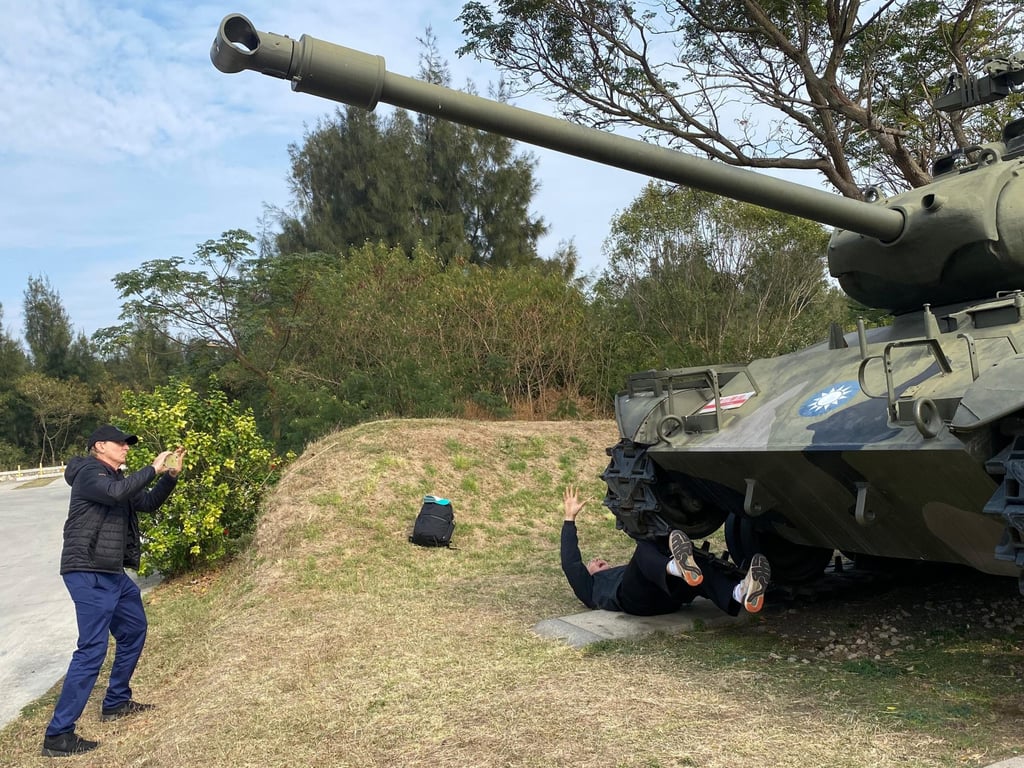I have been to several tense borders over the years. I’ve seen the demilitarised zone separating North and South Korea – from both sides of the border – crossed into Iraq from Kuwait during the 2003 US invasion, walked into Pakistan, flown into Afghanistan and entered Gaza from Israel. However, my recent trip to Quemoy, also known as the Kinmen islands, was among the most disconcerting.
Politics aside, maps suggest these focal points of the civil war between the Chinese Nationalists and the Communists should take their queue from Beijing, not Taipei. At their closest point, they are less than a dozen kilometres from the Chinese coastal city of Xiamen, Fujian province but around 187 kilometres from Taiwan island. Even on foggy days, you can see the mainland from Quemoy’s shores.
I landed on the Taiwanese outpost for a day-long trip last month as part of a nearly three-week East-West Centre Jefferson Fellowship exploring Indo-Pacific security issues. As a journalist who has battled impatient news gods for decades, it provided a singular chance to examine in-depth the seismic impact Beijing has had on its neighbours and the wider world since my first visit to the then-dark and dusty Chinese capital in the early 1990s.
On its face, there’s a surreal quality to Quemoy as a sort of Cold War Disneyland. The vibe is more about souvenir keychains, peanut confectionery and the local Kaoliang liquor firewater than geopolitics, with knives crafted from old People’s Liberation Army (PLA) shells – not exactly swords to ploughshares, but close enough – a particular draw.
It was easy to succumb to the voyeurism, even for our group of jaundiced journalists writing, blogging and broadcasting daily about Indo-Pacific tensions from the likes of Vanuatu, India, the Philippines and Vietnam. We posed for pictures in front of artillery shells, gawked at outdated military equipment littering the shore and marvelled at decades-old tunnels, command centres and ingenious waterways blasted from rock that once supported Taiwanese troops.

Amid it all, however, Quemoy tells a more poignant story, one that is easy to miss, about lurking danger, shifting military might and cross-strait tensions that has seen the islands used as pawns, proxies, harbingers of hope and warnings of disaster.
